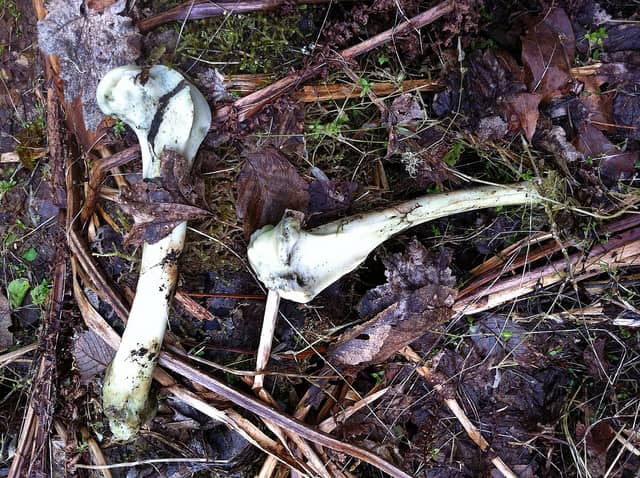Yellowstone Paleobiologists Use New Method to Study Wildlife
OutdoorHub Reporters 12.20.12

Researchers have taken to Yellowstone National Park to study how elk use the land by studying the animals’ bones. Joshua Miller, a conservation paleobiologist at the University of Cincinnati, studied where bones and antlers were left behind by elk as well as the condition they were in as part of his research between 2005 and 2007 while at the University of Florida.
In the study, he proved that by analyzing the bones on a landscape, one can study remote ecosystems to determine how wildlife uses the land now and also how it was used potentially hundreds of years ago.
“The bones pick up these trends very well,” Miller told the Billings Gazette based in Montana. Using bones to conduct research, Miller was able to determine how ungulates use an area with little or no data on elk distribution.
Through clues on the bones he studied, Miller and his assistants determined how an elk or an elk calf had died based on teeth marks left on the bone by a predator. The team determined where the animal died and the age of the bone based on decomposition. When many bones were found in the same area, it revealed more information as to how the animals used the land when alive.
“In my long-term studies of bones, it has struck me that many ecologists have been missing useful information that is available in bones lying about on modern landscapes,” Anna Behrensmeyer, vertebrate paleontology curator at the Smithsonian Institution’s National Museum of Natural History, said in a statement, as quoted by Billings Gazette. “Josh is showing the potential of using bones, antlers and other remains to monitor what animals have been doing for the past decades and even hundreds of years.”
Paleobiologists are different than paleontologists in that their field is a relatively newly emerging area of scientific study. Paleobiologists combine data on extant organisms and compare them to ancient fossils to determine evolutionary data. Miller is now conducting similar research in the arctic by studying caribou calving grounds and the new antlers dropped there by females in contrast with the antlers that have been there for decades.

